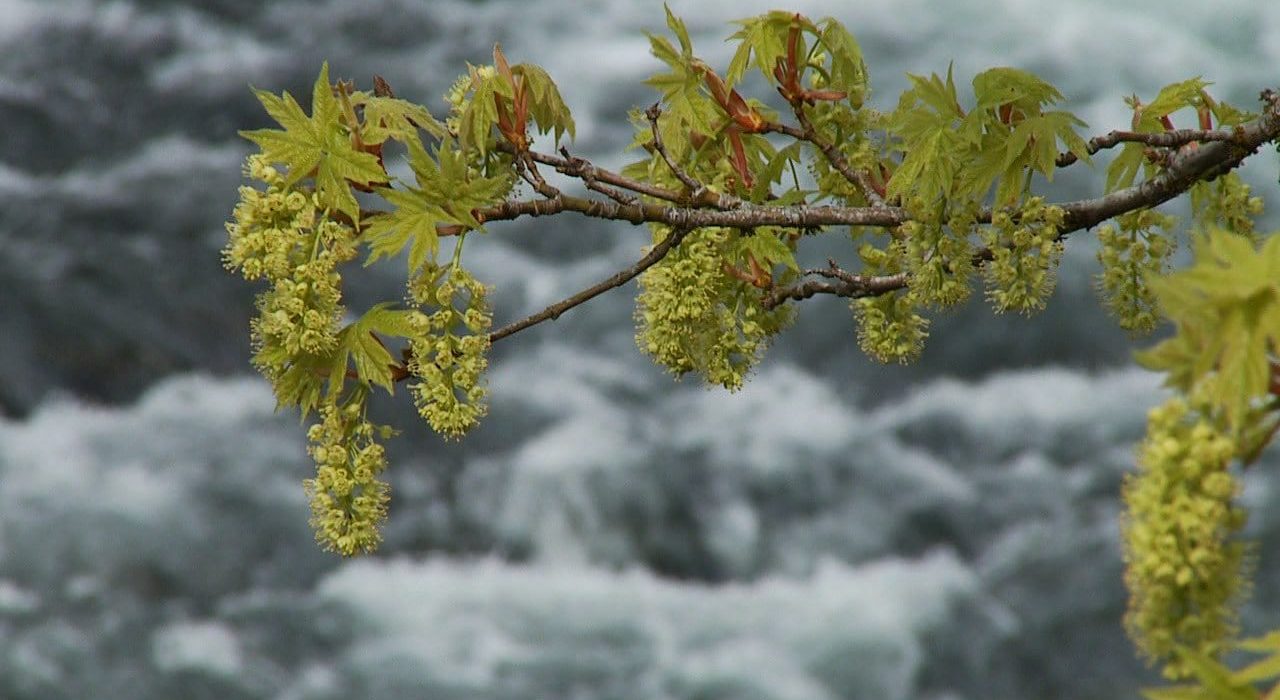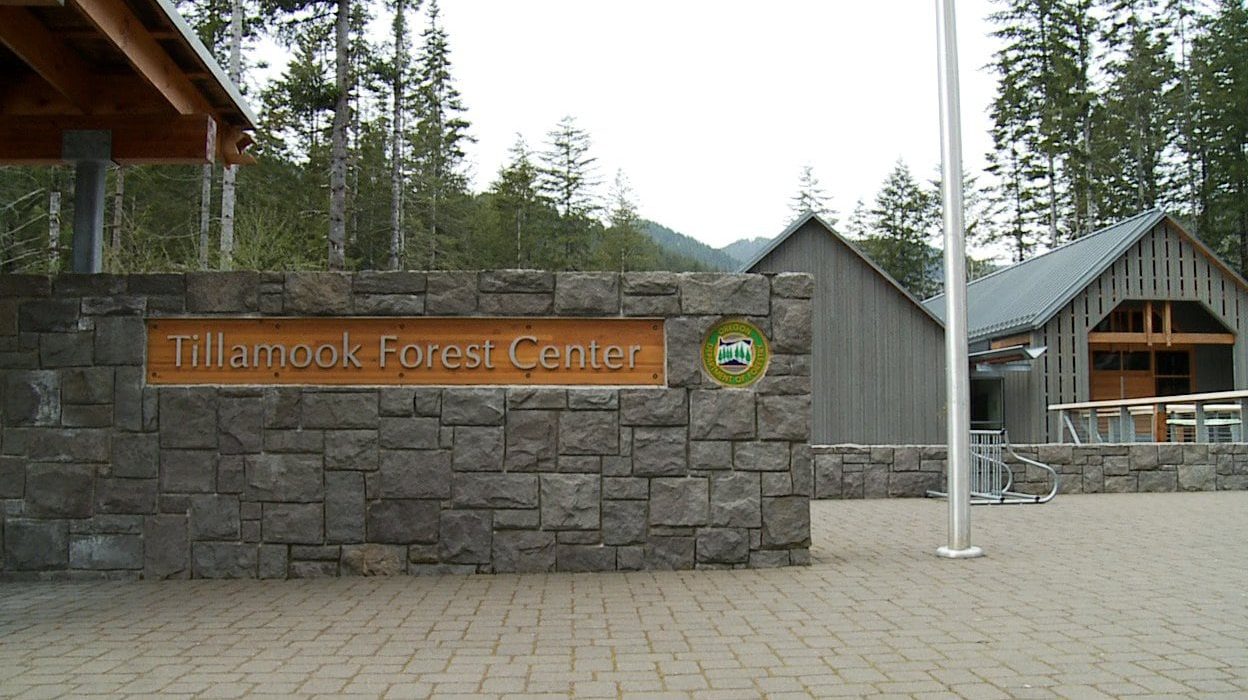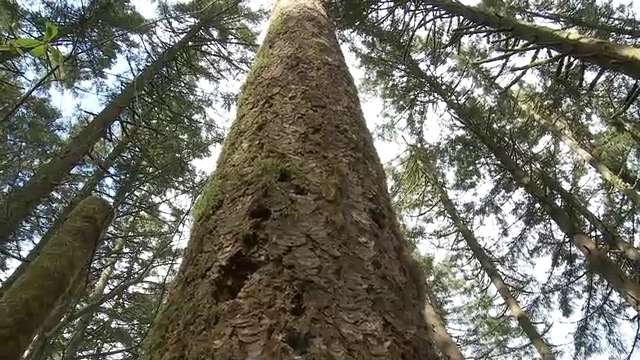One of the most intriguing and exciting stories was born in the forest just off Portland’s front step – the Tillamook State Forest. That’s where four successive and devastating fires – collectively called the Tillamook Burn – destroyed over 400,000 acres of ancient forest in the last century.
The Tillamook Forest Center is located just off state highway six that links Portland to Tillamook. The Center tells the story of how four devastating fires in the 1930s, 40s and 50s claimed hundreds of thousands of acres of old growth forest and how thousands of men battled the flames to protect what they could and then how an army of volunteers brought the forest back to life.
The Center’s Education Specialist, Chris Friend, said the place is well suited to families who are eager to learn more. “We teach about the pioneers who settled here, the Native Americans who were here for thousands of years and we tell the stories of the fires and the forest re-plantings that followed.”
When you’re ready, you can leave the center’s main exhibit hall and climb up into the clouds – in fact, 72 steps up – to the top (40-feet high) of a replica fire lookout tower that is adjacent to the Center.
Back in the 1950s, fire lookout towers were common. In fact, 15 of them dotted the high country in Oregon’s north coast range. Lisa Gibson, an Education Specialist with the Oregon Department of Forestry said that the replica four-story fire lookout tower provides visitors with a “snapshot of life” from an earlier era right after WWII.
I joined her for the trek to the top of the tower and she said, “It’s a beautiful coincidence that there are 72 steps to the top because there are 72 million trees planted across the Tillamook State Forest.” Gibson said the women who “manned” 15 towers atop the remote and rugged Oregon Coast Range Mountains began after WWII and continued through the early 1990’s and they were called the “Cloud Girls.”
“It was a really romantic idea,” added Gibson. “These young women out by themselves in the forest – living on their own and watching for fire among the clouds and the tops of the trees. People had a vision that included a somewhat romantic image for their service.”
They were a special breed of Oregon Department of Forestry personnel because women like Eleanor Mitchell answered a call that few men dared in the late 1940s. Eleanor was prized and admired by all for her patience and willingness to endure lonely weeks in the woods. “By all accounts, she really enjoyed the job,” said Gibson.
Mitchell was prized for her patience and willingness to endure lonely weeks in the woods to provide service to the community. “It was it was a very important civic responsibility that you had as a fire lookout,” added Gibson. “The fire lookouts were key in providing information to field offices to get fire crews ready to attack that fire before it got so big they couldn’t control it anymore.”
It’s a forest and education center that is free to visit and filled with educational possibilities and it is open through fall.
As the suburbs grow larger and our pace of life goes faster, it’s good to know that some Oregon places provide an outdoor escape into a bit of the backwoods. If you follow Bill Wood’s lead, there’s a good chance you’ll learn something new. too.
Bill Wood is chief guide and the man in charge at the Magness Tree Farm and he will teach you much about life in his forest.
Magness Tree Farm is an 80-acre parcel tucked into the hills just a handful of miles between Wilsonville and Sherwood, Oregon. The site boasts more than two miles of trail; most of it is a fairly gentle grade and as you hike, you will often have Corral Creek by your side.
Down close to ground, you will also enjoy the first signs of spring: white-faced trilliums light up the scene and they are prime right now. “Most of the spring flowers are beginning to show,” noted Wood. “We’ll have all kinds of color here in the next four or five weeks. But right now is trillium time and we have hundreds.”
Magness is just part of the outdoor education story because it is owned by the nearby World Forestry Center, located in Portland’s west hills adjacent to the Oregon Zoo.
Back in the forest at the Magness Tree Farm, be sure to check out the three rustic cabins that you can rent for a longer stay. Each cabin sleeps up to 12 people and offers electricity, but no heat – so if you spend the night, you want to prepare for colder nights. Reservations are required.
Bill Wood said that once folks discover the Magness landscape, they seldom want to leave: “When they first come here, they are awe-inspired by the creek and the serenity of the surroundings. They hear the birds, see the squirrels and relax with their kids. When we see them a second time, they usually bring another family and so our circle expands. It’s really a wonderful place to be and yet you don’t have to travel far to get here.”



